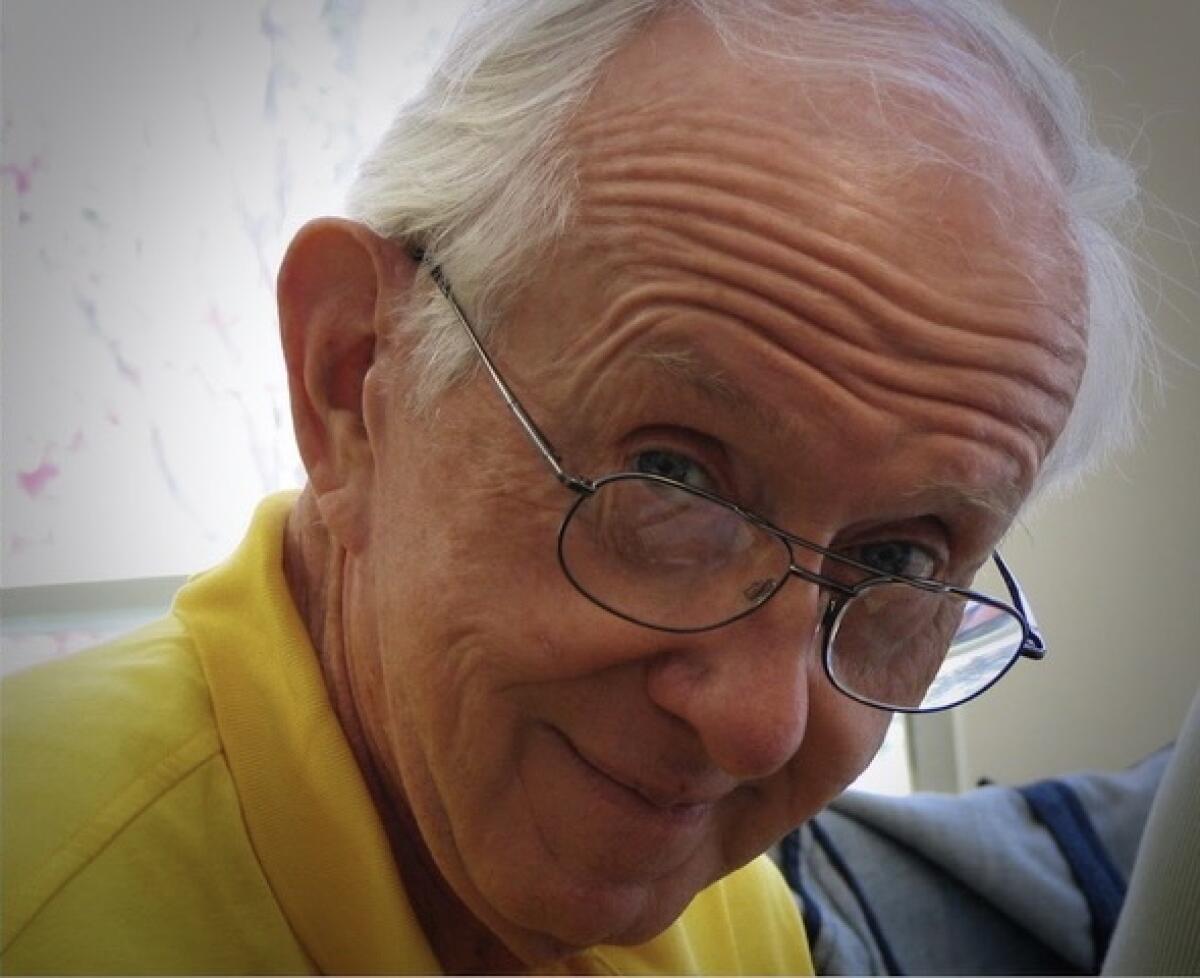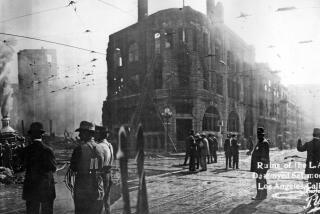George Alexander, L.A. Times reporter who chronicled space exploration, dies

- Share via
Days after an accidental fire inside a NASA spacecraft killed three American astronauts, George Alexander peered into the charred capsule.
One of only three journalists allowed into the Apollo 1 spacecraft following the 1967 incident, Alexander observed how everything within had been incinerated, except for a small fragment of a parachute harness, he recalled to National Public Radio.
Two years later, Alexander went on to write a different chapter of NASA’s lunar program’s story, but this one had a happier ending: Apollo 11’s historic moon landing in 1969.
In a career that spanned five decades, including 13 years at the Los Angeles Times, Alexander was one of the foremost chroniclers of the country’s space exploration programs, capturing both their failures and triumphs.
On July 24, following a two-year battle with Alzheimer’s, Alexander died at 88. He is survived by his wife, Daryl Alexander, four children and eight grandchildren.
Born in 1934, Alexander grew up in the Brooklyn neighborhood of Flatbush. A lifelong fan of the Dodgers, he lived just a stone’s throw from Ebbets Field, the team’s old home. He attended Fordham University in New York.
Before his long career in journalism, Alexander served in the Air Force as a public information officer. He later was hired by Aviation Week & Space Technology magazine in New York and covered the Apollo 1 accident.
After being selected as the pool reporter by the hordes of reporters who converged on Cape Canaveral, Fla., to cover the module fire, Alexander’s report about the incident was distributed worldwide.
Later that year, Alexander joined Newsweek magazine, where he continued to cover NASA, editing and writing stories, including coverage of the 1969 moon landing.
Alexander decided to change coasts and came to L.A., where he joined The Times in 1972. Though he wrote about a wide range of topics related to science, technology and the environment, he stayed attached to covering NASA’s space programs, including the early shuttle launches.
As a Times staffer writer, Alexander was at Cape Canaveral for the first flight of shuttle Columbia in April 1981, the first space shuttle to reach outer space. During other shuttle launches, Alexander embedded with other reporters in Houston’s Johnson Space Center, fueled by coffee during the early morning hours, waiting for an astronaut’s crackly voice from orbit.
After leaving The Times in 1985, Alexander made a late-career switch to television, producing episodes for the PBS series “The Infinite Voyage.”
Alexander later became a spokesman for the Jet Propulsion Laboratory in La Cañada Flintridge, working on media affairs for various major NASA missions, such as the Voyager and Galileo space probes, as well as missions to Mars and Venus, until his retirement in 1999.
By the end of his career, Alexander offered a skeptical, measured perspective toward the idea of launching people into space, asking in a 2011 editorial for The Times following the end of NASA’s shuttle program: “So, has it been worth it?”
He reflected on the loss of 14 men and women aboard the Challenger and Columbia shuttles, and the $290 billion of taxpayer money spent building, testing and operating the spacecraft.
“Looking back on the shuttle program, I think it’s clear that there are valid roles for humans in space,” he wrote. “But it’s hard not to conclude that some shuttle missions have felt like make-work projects undertaken more to keep astronauts in orbit rather than because they were essential.”
More to Read
Start your day right
Sign up for Essential California for the L.A. Times biggest news, features and recommendations in your inbox six days a week.
You may occasionally receive promotional content from the Los Angeles Times.








